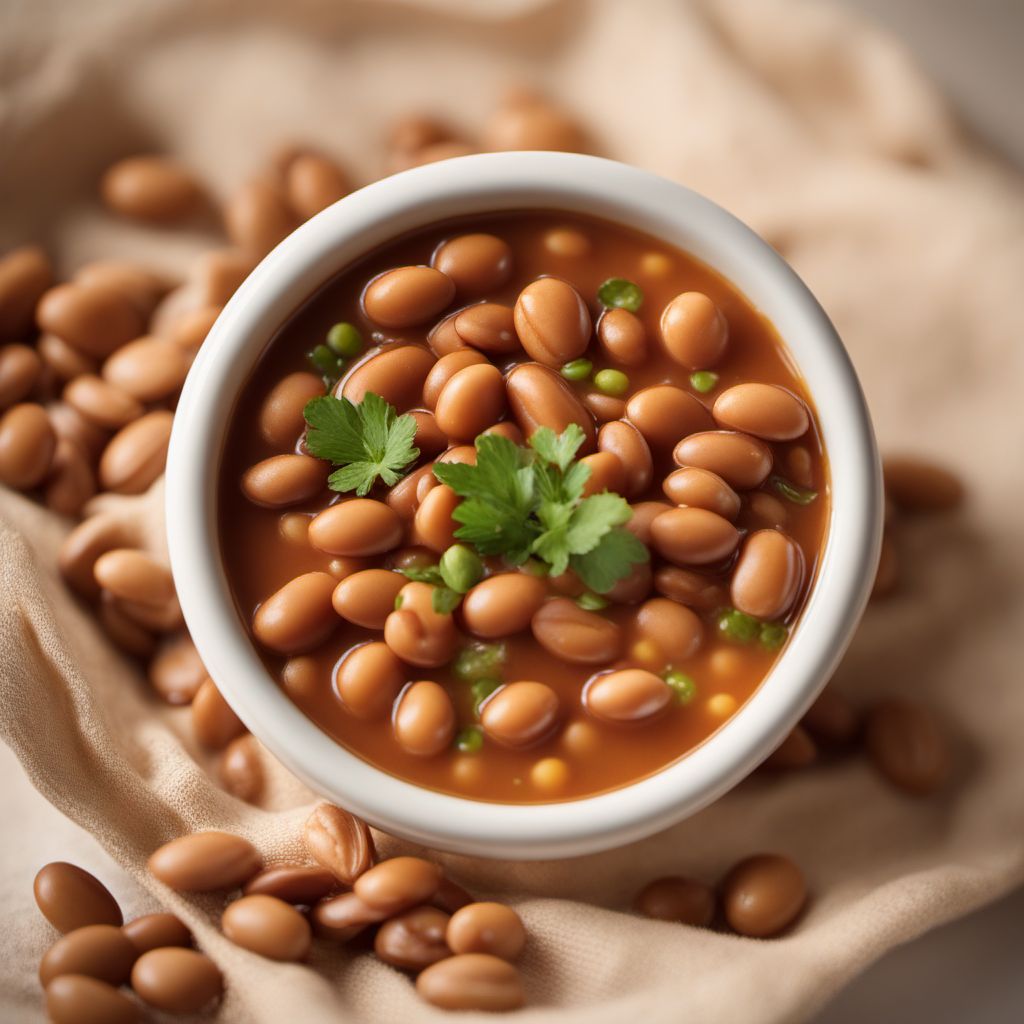
Ingredient
Legume (beans) soup, dry
Hearty and Nourishing: Dry Legume Soup
Dry legume soup typically consists of a mix of dried beans, such as kidney beans, black beans, lentils, and chickpeas. The soup has a thick and creamy texture, with a rich and savory flavor. It is often seasoned with herbs, spices, and vegetables to enhance its taste. Dry legume soup is a staple in many cuisines, including Mediterranean, Middle Eastern, and Latin American.
Origins and history
Legumes have been cultivated and consumed for thousands of years, with evidence of their use dating back to ancient civilizations. They have played a significant role in the diets of various cultures, providing a reliable source of protein and nutrients. Legume soups have been a traditional dish in many regions, offering sustenance and nourishment to communities.
Nutritional information
Dry legume soup is a nutritional powerhouse, packed with protein, dietary fiber, vitamins, and minerals. It is low in fat and cholesterol, making it a healthy choice. The specific nutritional content may vary depending on the types of beans used in the soup.
Allergens
May contain allergens such as soybeans or peanuts, depending on the specific legumes used in the soup.
How to select
When purchasing dry legumes for soup, look for ones that are clean, uniform in size, and free from any signs of insect damage or mold. Avoid any that are wrinkled or discolored. Additionally, choose legumes that have been stored in airtight packaging to maintain their freshness and prevent moisture absorption.
Storage recommendations
To store dry legume soup, transfer any leftovers to an airtight container and refrigerate. Consume within 3-4 days to ensure freshness. If preparing a large batch, consider freezing individual portions for longer storage. When reheating, add a splash of water or broth to maintain the desired consistency.
How to produce
To produce dry legume soup, you would need a variety of dried beans, such as kidney beans, black beans, lentils, and chickpeas. Soak the beans overnight to soften them before cooking. Then, simmer the beans with vegetables, herbs, and spices until they are tender and the flavors have melded together. Adjust the seasoning to taste and enjoy a hearty and nourishing soup.
Preparation tips
Dry legume soup can be prepared in various ways, depending on personal preference and cultural traditions. It can be seasoned with herbs like thyme, rosemary, or bay leaves, and spices such as cumin, paprika, or turmeric. Vegetables like onions, carrots, and celery can be added for extra flavor and nutrition. Serve the soup as a standalone dish or pair it with crusty bread for a complete meal.
Culinary uses
Dry legume soup is a versatile dish that can be enjoyed on its own or paired with other foods. It is commonly served as a main course, accompanied by crusty bread or rice. In Mediterranean cuisine, it is often drizzled with olive oil and sprinkled with fresh herbs. In Latin American cuisine, it is sometimes topped with avocado, sour cream, or cheese. The soup can also be used as a base for stews or casseroles.
Availability
Dry legume soup is a popular dish in many countries around the world. It is commonly found in Mediterranean, Middle Eastern, and Latin American cuisines. Additionally, it is enjoyed in various other regions where legumes are a dietary staple.
More ingredients from this category
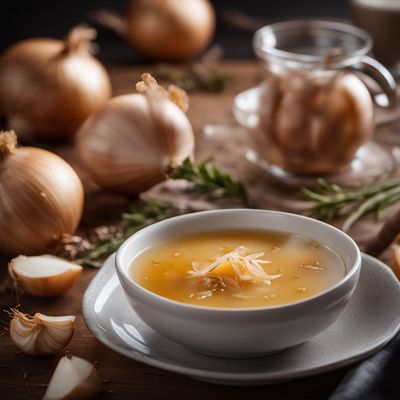
Onion soup, dry
The Savory Elixir: Unveiling the Delights of Dry Onion Soup
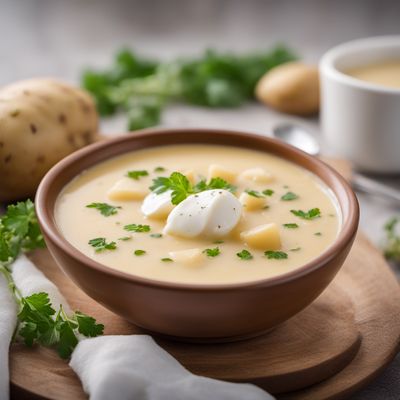
Potato soup, dry
The Comforting Elixir of Potatoes
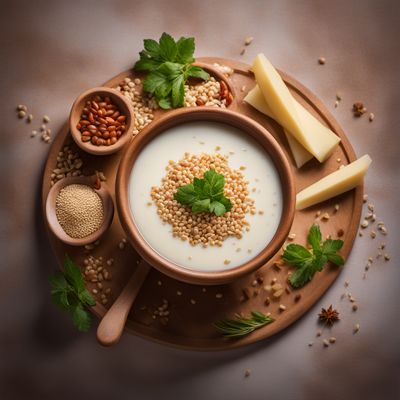
Grains soup, dry
Hearty Comfort in a Bowl
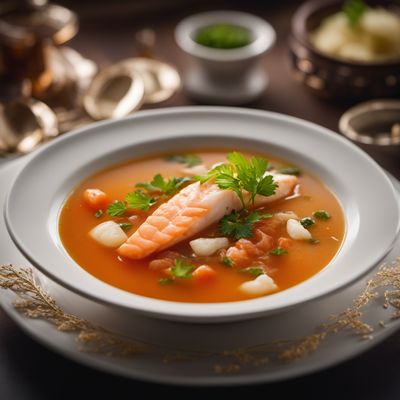
Fish soup, dry
Savory Delight: Exploring the World of Dry Fish Soup
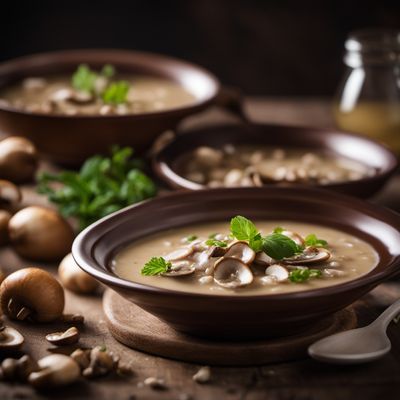
Mushroom soup, dry
Savory Delights: Exploring the World of Dry Mushroom Soup

Dairy/egg soup, dry
Creamy Delights: Exploring the Versatility of Dry Dairy/Egg Soup

Tomato soup, dry
The Essence of Sun-Ripened Tomatoes in a Bowl

Meat/poultry soup, dry
The Hearty Broth Base
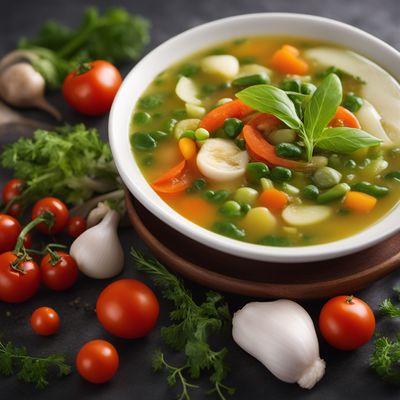
Mixed vegetables soup, dry
Hearty Veggie Medley

Fruit soup, dry
The Delightful World of Dry Fruit Soup
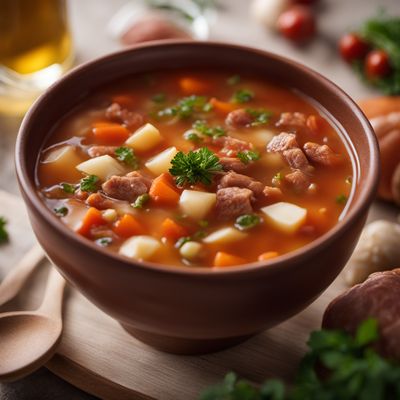
Meat and vegetable soup, dry
A Hearty Bowl of Nourishment